Looking Back & Ahead with Tele Vue
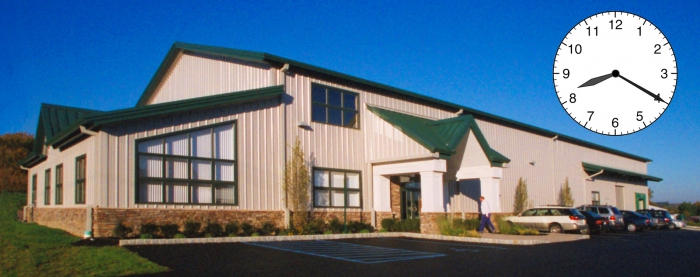
This week we look back at the most popular blog posts of 2019 and give you a peek at one of the new products we’ll debut in 2020.
2019: Blog in Review
Our blog keeps rolling along! Published continuously since January 2017, our subscribed audience continues to grow, and increased by 50% last year. Thanks, everyone! The following are highlights from some of the 49 blog posts that we published last year. All these were in the top-10 by pageviews.
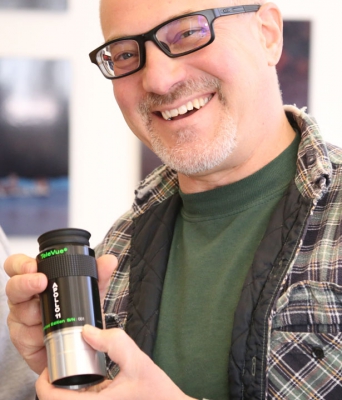
By far our most popular posting was “Tele Vue’s Secret Launch: Apollo 11mm Eyepiece!” that chronicled the behind-the-scenes development of the Apollo 11mm eyepiece and its last-minute introduction at the Northeast Astronomy Forum (NEAF) 2019. We explain what makes this eyepiece special to us, the “magic moment” reveal, and the reaction at NEAF. There are still a few of these limited edition eyepieces available for collecting, gifting, or just viewing through. Contact your dealer if interested.
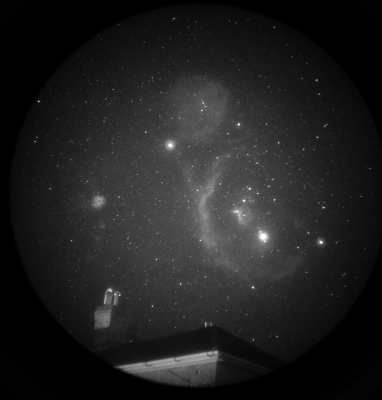
A must-read article for anyone considering night vision astronomy, “Night Vision in the UK: Seize the Night!“, by guest blogger Gavin Orpin, was high on the top-10 list. Gavin says that night vision “has given me a completely new aspect of the hobby to explore.” He explains his use of night vision gear for hand-held and telescopic observing. This includes the use of 6nm Hα (for nebulae) and 685nm infrared (for galaxies and cluster) filters and adapters for simple imaging through the night vision monocular on and off the scope. We also delve into how the PVS-14 night vision monocular got its name. The blog came about as a result of a discussion between Gavin and Tele Vue President David Nagler at the AstroFest 2019 show in London.
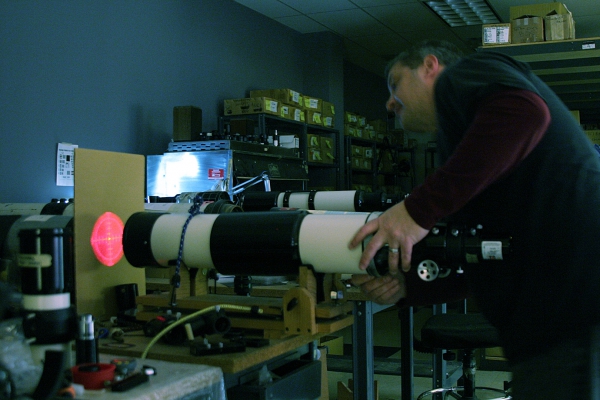
Also on our list of top-10 posts of 2019 was “Tele Vue APO Design and Build ‘Secrets’”. We discussed Tele Vue’s definition of “APO quality” and go on the record about the design, building, and testing that goes into our entire line of scopes. (Ever wonder why we don’t make triplets?) Needless to say, this blog generated a lot of buzz among APO refractor aficionados and is an essential read for anyone considering an APO telescope for viewing or imaging.

“Get Ready NOW for November’s Mercury Transit!” was a very popular post we put out three months before the Mercury transit. It discussed the visibility and timing of the event and suggested hardware for viewing and imaging.
Our guest blogger Barry Kawa wrote two top-10 posts last year. While some of us love to collect scopes, his well-received “Does it spark joy?” was about letting go and de-cluttering his scope collection. His follow up blog post was even more severe: “Downsizing to the Perfect Small Scope and Mount” discusses simplifying gear selection to a “final” scope and mount!
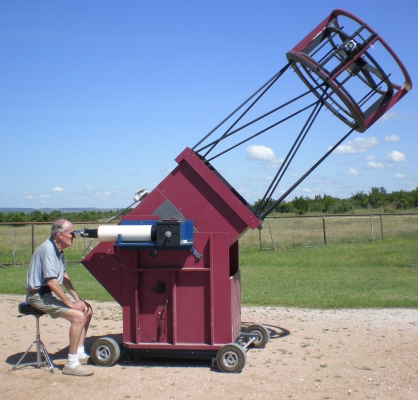
We recently published a post on “Clyde Bone’s Tele Vue-140 Re-Built!” about rebuilding a rare 24-year old Tele Vue-140 scope. That post was just another chapter in the saga of “Clyde Bone and His Two Unusual Mersenne Telescopes!” from 2019. That post, by guest blogger Ted Hume, discussed how his departed friend Clyde went about designing and building two large scopes that didn’t require “shaky ladders.” It proved to be an insightful read and just maybe it inspired someone out there to build their own Mersenne scope!
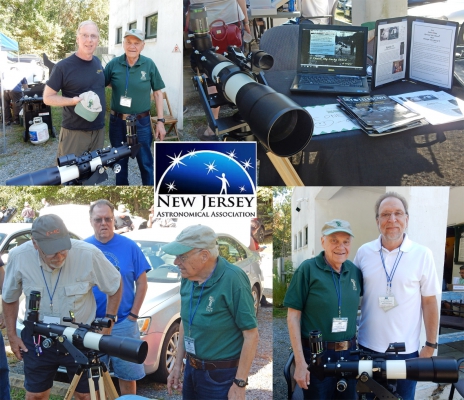
While not in the top-10, “Al Nagler Attends NJAA Open House!” was a noteworthy article because it marked our 150th blog post since we began publishing the blog in January 2017. It was about Al’s visit to the 3rd Annual New Jersey Astronomical Association’s Open House/Flea Market that happened on a Saturnday in September. There, he signed a special Tele Vue baseball cap for Dave Skitt in honor of his astronomy mentor Gene Ramsey.
2020: Looking at Tele Vue’s Year Ahead
First off, we predict 2020 will be a great year for “visionary” puns involving “20/20” vision!
At last week’s Winter Star Party in the Florida Keys, Al Nagler gave attendees a preview of a special accessory attachment for late models of our popular 55mm Plössl eyepiece. This converts the eyepiece to a 67mm focal length with a 40° apparent field of view. It creates a 19mm exit pupil in an f/3 scope using our Paracorr coma corrector. Who would need such large exit pupil sizes? Our TNVC/PVS-14 as well as any other Night Vision Device used afocally! The new accessory lens matches the full true field output from this eyepiece to the 40° field of any NVD objective. Equally important as seeing all the field available from the 2″ eyepiece format, the larger exit pupil of the 67mm focal length provides more light to be amplified. As the night vision monocular does not see the secondary shadow in Newtonians, it allows the use of longer focal length eyepieces than could be used in unaided observing.
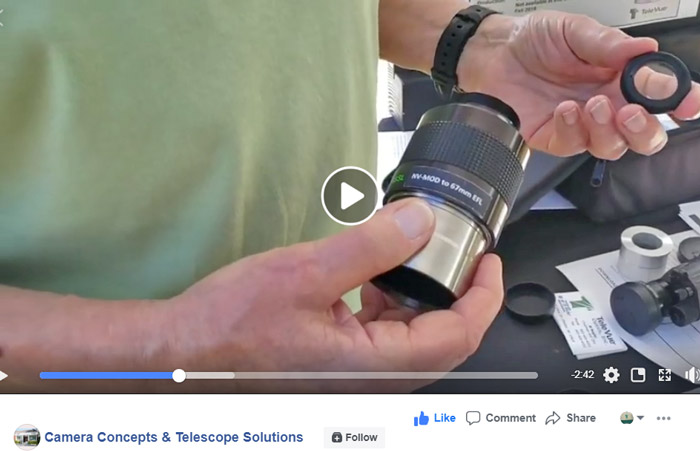
Stay “tuned” to this blog for further developments on this and more new items for 2020. Want to experience our hardware in person? Visit our booth at the NEAF show north of New York City in April.
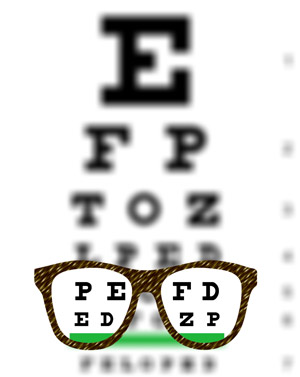 By the way, the first number in “20/20” is the standard distance in feet we stand from the eye chart in the USA. The second number is how many feet away a person with normal vision can see the same line as you on the chart. So, if the optometrist says you have “20/100” vision, it means at 20-ft from an object you see the same details as a normal person does from 100-ft. (Lucky for us we live in the age of eyeglasses and contact lenses to correct this). If you have “20/15” vision it means your eyesight is better than average: what you see at the 20-ft mark requires a person with normal vision to take two steps ahead to the 15-ft mark to appreciate.
By the way, the first number in “20/20” is the standard distance in feet we stand from the eye chart in the USA. The second number is how many feet away a person with normal vision can see the same line as you on the chart. So, if the optometrist says you have “20/100” vision, it means at 20-ft from an object you see the same details as a normal person does from 100-ft. (Lucky for us we live in the age of eyeglasses and contact lenses to correct this). If you have “20/15” vision it means your eyesight is better than average: what you see at the 20-ft mark requires a person with normal vision to take two steps ahead to the 15-ft mark to appreciate.
Did you observe, sketch, or image with Tele Vue gear? We’ll like your social media post on that if you tag it #televue and the gear used. Example:
#televue #tv85 #ethos #jupiter
Do you want your Tele Vue images re-posted on Tele Vue Optics’ Social Media accounts? Use this hashtag for consideration:


